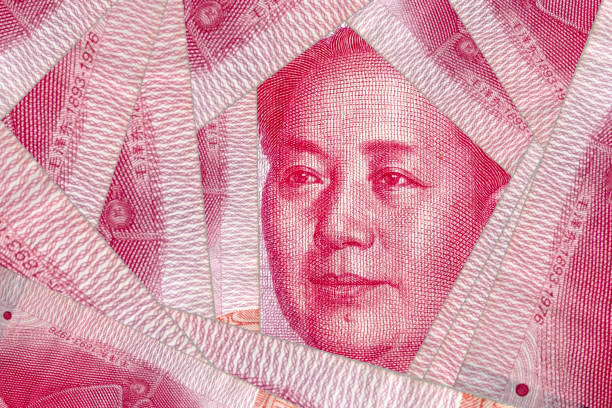Renminbi (a.k.a. RMB, CNY) has strengthened against US dollar over the past 3 weeks. While the broad-based USD weakness is the key reason, PBOC’s neutral policy action over the past months has also led to renminbi’s appreciation. We expect the phenomenon would persist, supporting renminbi, in coming months.
PBOC announced to left the policy rate, the 1-year loan prime rate, at 3.85% in its monthly fixing today (August 20). The 5-year loan prime rate also stays at 4.65%. The decision has been widely anticipated, as the medium lending facility (MLF) rate, the guidance rate for the LPR, was also kept unchanged at 2.95% earlier this month. The central bank has not adjusted the policy rate unchanged since April. Its balance sheet has also remained steady in recent years, suggesting that QE is not PBOC’s major tool at the current round of crisis. While we expect a easing bias in the monetary policy remains necessary in China to support economic recovery, the actual measures will target small and micro banks, as well as the agricultural sector. China’s relatively “neutral” monetary policy over the past months, when compared with the aggressive easing stance in the US, could remain supportive of renminbi.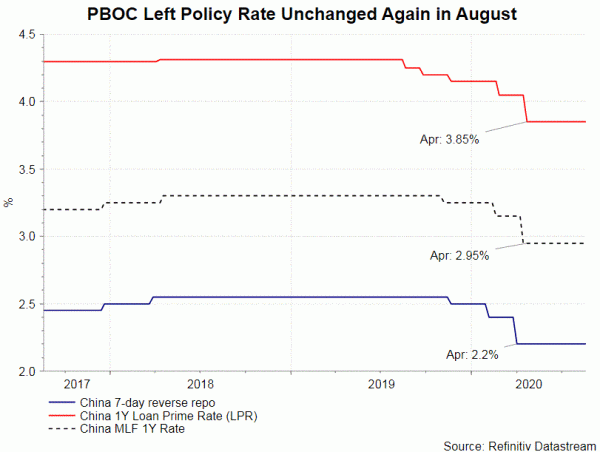
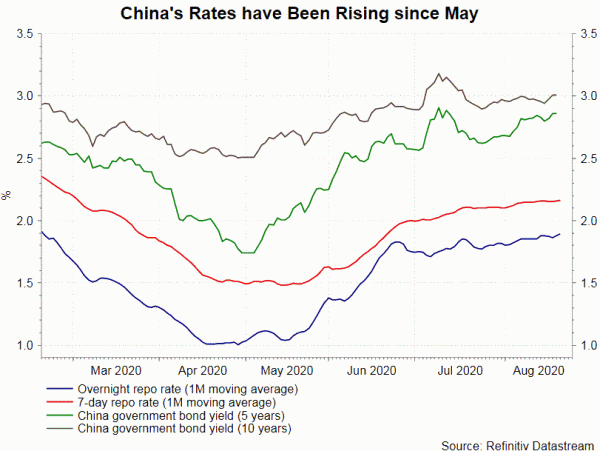
Earlier this month, Ma Jun, PBOC’s policy adviser, indicated there’s no need to accelerate policy easing as an economic recovery is well underway. He raised concerns that further stimulus might lead to property and stock bubbles. In the second quarter monetary policy report, PBOC, however, affirmed the prudent, but more flexible and targeted, monetary policy stance. It also reiterated to keep liquidity reasonably ample in the market. We expect PBOC to maintain an easing bias in its monetary policy with future RRR and rate cuts focused on small and micro banks, as well as the agricultural sector.
– advertisement –
PBOC’s relatively neutral monetary policy over the past months have sent interbank rates and bond yields higher significantly. US-China 10-year government bond yield differential widened to a record low of -242 bps on July 9. Meanwhile, the interbank rate differential has also widened to -235 bps, a level not seen since March. The phenomenon could persist in coming months as the Fed has pledged to increase monetary stimulus, while PBOC would be more restraint. Such significant spread should attract capital inflows in China and support carry trade, supporting renminibi against US dollar.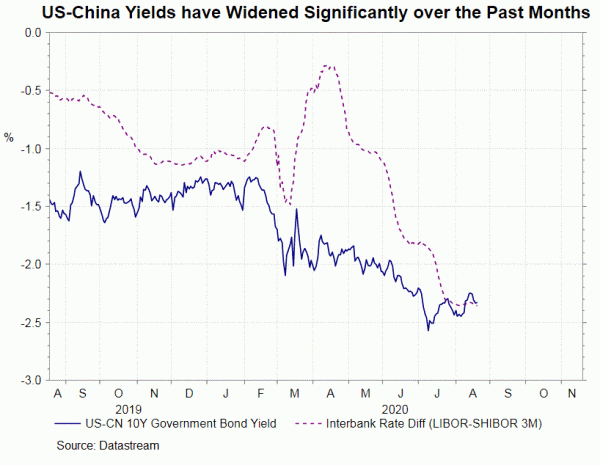
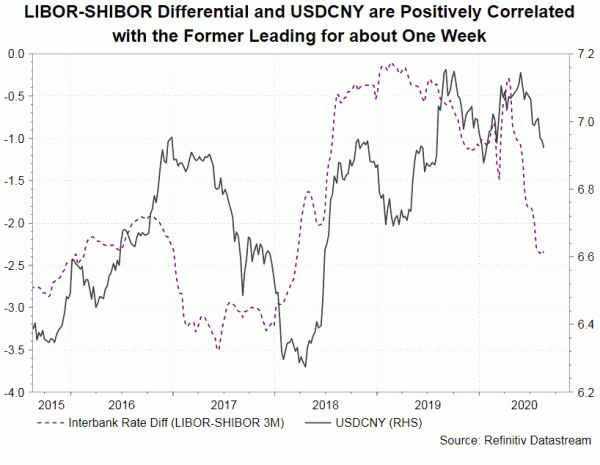
The major downside risk to renminbi’s outlook is, however, US- China tensions. The coronavirus pandemic has revealed the problems of relying China as the world’s dominate factory. Going forward, countries would re-evaluate the risks and costs of producing in China. The global shift of supply chain and decoupling from China would limit the country’s growth in the long-term. This should limit the attractiveness of renminbi.
